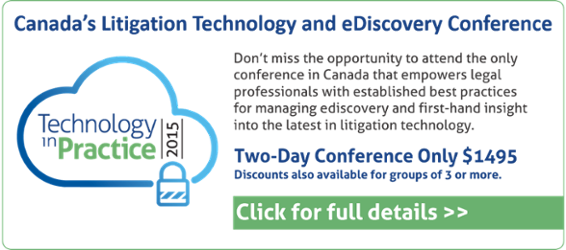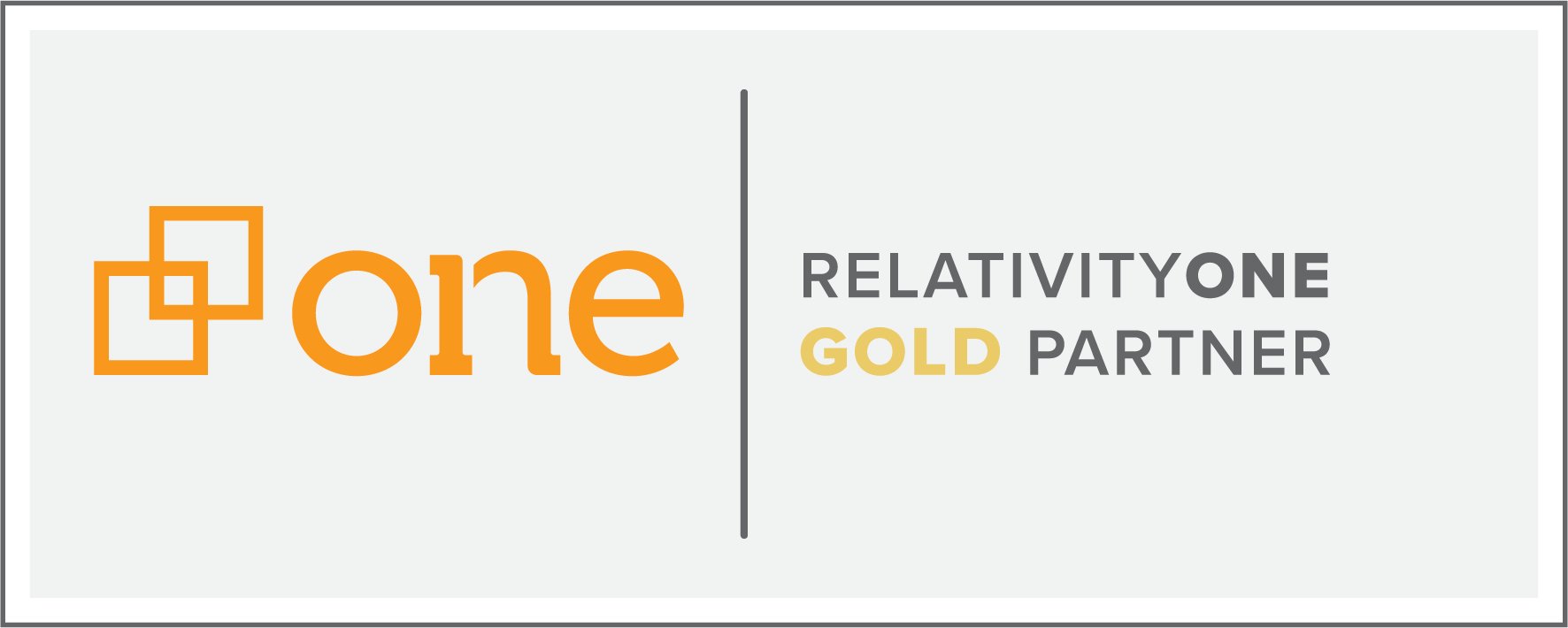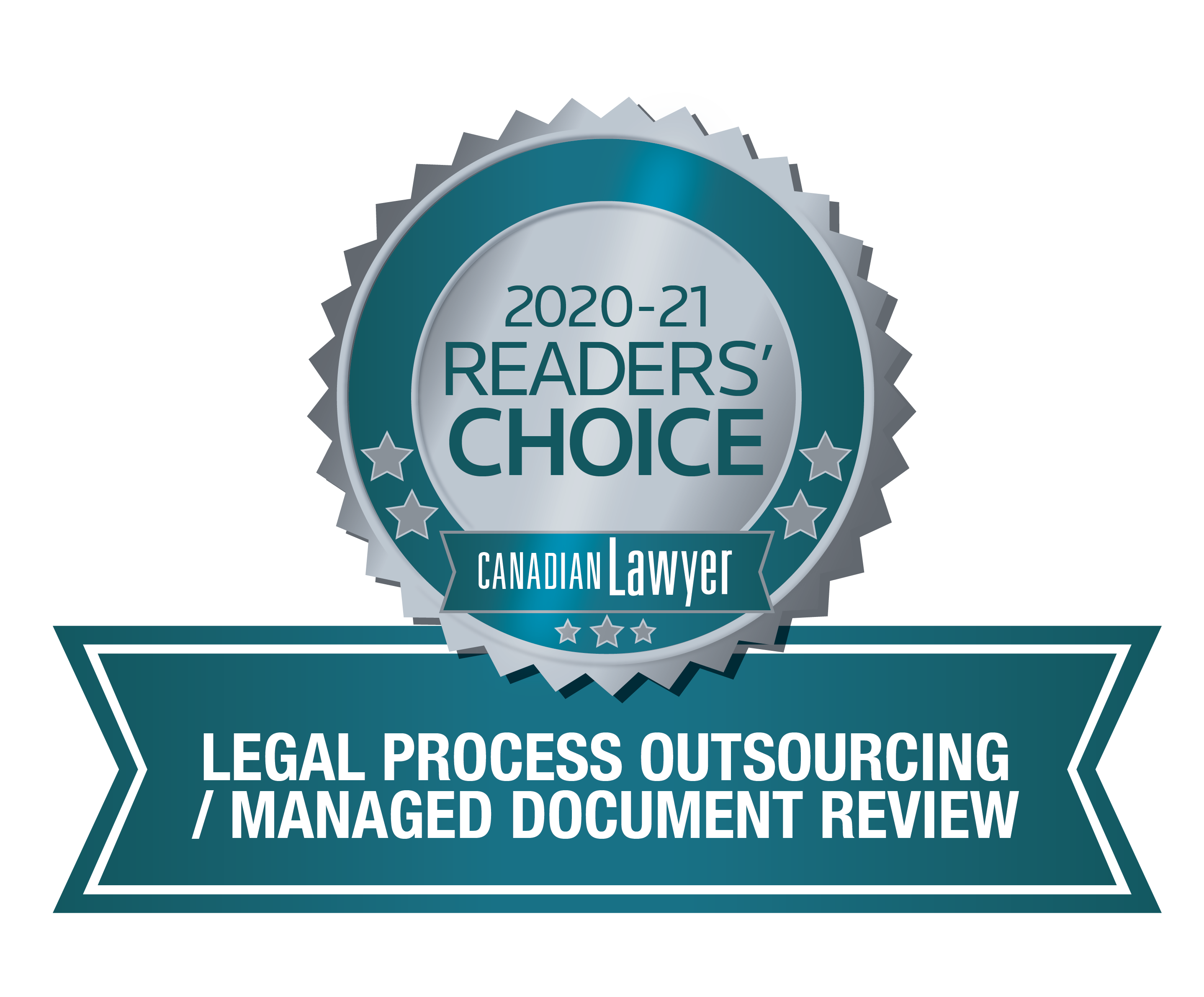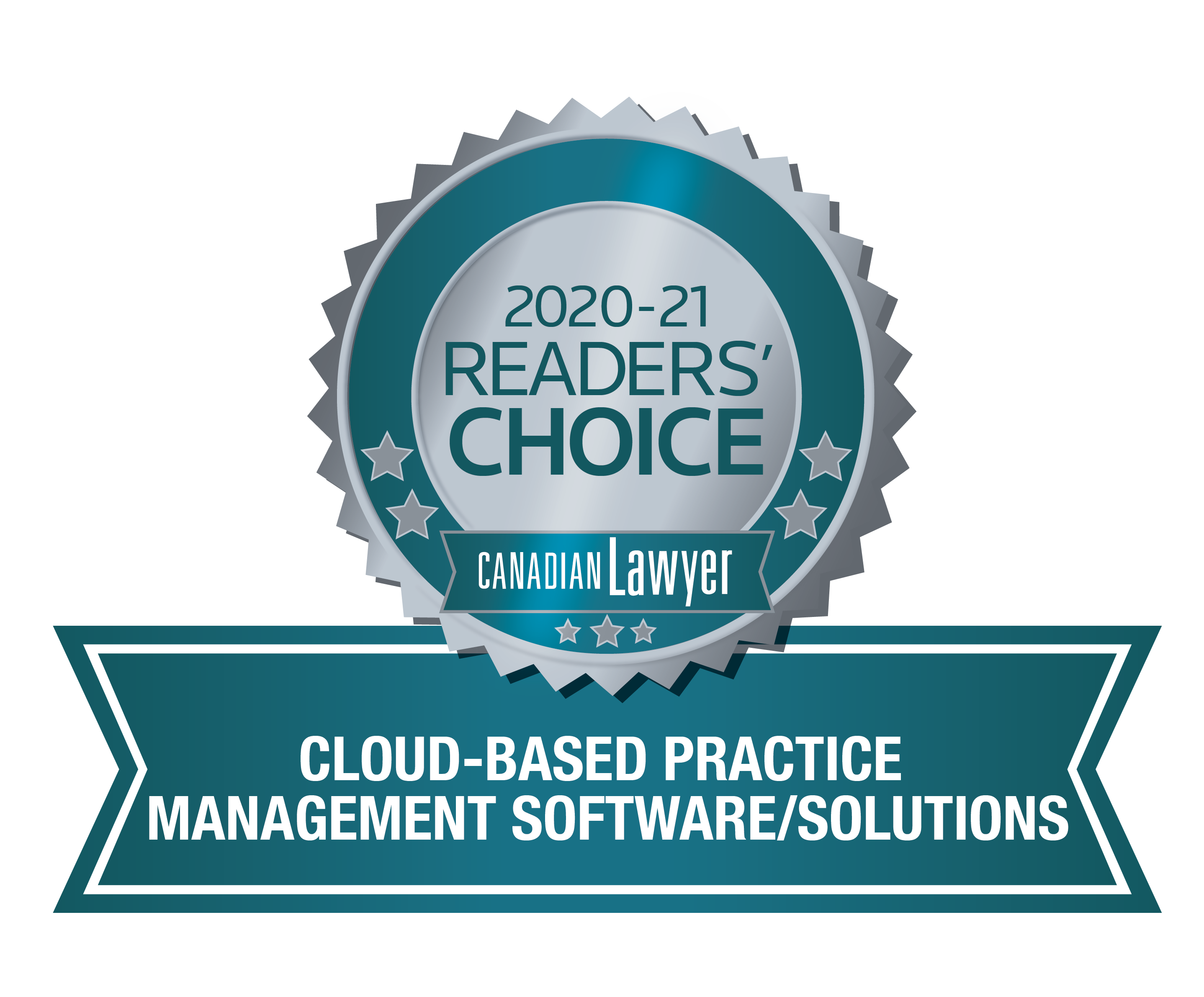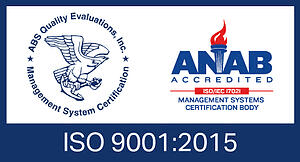When George Socha and Tom Gelbmann published the Electronic Discovery Reference Model (EDRM) in 2006, they were looking to provide a model that could be used to address common problems and questions in the eDiscovery space.
It’s now 2015, and the current version of the EDRM represents an industry standard in workflow. Members of the EDRM include leaders in eDiscovery, Technology, Corporate and Legal practice areas who work together to establish defensible guidelines, processes and tools.

Understanding the Stages
Any Litigation event involves at least one of the stages above, but most likely it involves many. To stay organized and provide cost effective, reliable solutions, it’s important that you understand how your work fits within this model. The list below (edrm.net), provides a brief description of each stage. This list will help you better understand which aspects relate to the work you are looking to complete.
Information Governance
Getting your electronic house in order to mitigate risk & expenses should e-discovery become an issue, from initial creation of ESI (electronically stored information) through its final disposition.Identification
Locating potential sources of ESI & determining its scope, breadth & depth.Preservation
Ensuring that ESI is protected against inappropriate alteration or destruction.Collection
Gathering ESI for further use in the e-discovery process (processing, review, etc.).Processing
Reducing the volume of ESI and converting it, if necessary, to forms more suitable for review & analysis.Review
Evaluating ESI for relevance & privilege.Analysis
Evaluating ESI for content & context, including key patterns, topics, people & discussion.Production
Delivering ESI to others in appropriate forms & using appropriate delivery mechanisms.Presentation
Displaying ESI before audiences (at questioning, hearings, trials, etc.), especially in native & near-native forms, to elicit further information, validate existing facts or positions, or persuade an audience.
The problem that most people face is how to turn this list into a practical solution. While this isn’t as daunting as it sounds, it takes some commitment. Why? Because before you can fix a problem, you have to fully understand all the underlying issues. In fact, it’s quite common to not even realize there is a better way of doing something until it’s been presented to you. Using the EDRM to your benefit requires that you invest time in auditing your existing processes, reviewing lessons learned, and communicating with team members to determine where problems exist. It also requires that you open yourself and your systems up to change.
Stay tuned to the blog this week for Part 2 of this blog series "You've seen the EDRM model. Now what?", titled "Performing an Effective Internal Evaluation".
Don't miss the opportunity to learn firsthand how the EDRM applies to your firm. Come see Tiana Van Dyk at Technology in Practice 2015 in November at the Four Seasons Hotel, Toronto. Register today!


